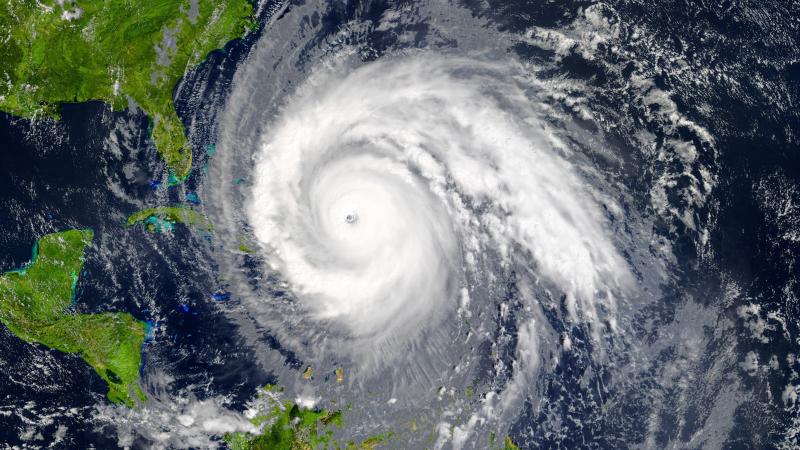An active hurricane season coinciding with the COVID-19 pandemic introduces new challenges
July 22, 2020

TROY, N.Y. — With hurricane season already underway and projected to be active, communities throughout the U.S. are trying to balance disaster preparation amid an unprecedented public health crisis. While significant attention is rightly being given to COVID-19, leaders – especially those in communities along the coast – must plan for the possibility of dual disasters.
Researchers at Rensselaer Polytechnic Institute have extensive experience studying and responding to natural disasters and are available during this hurricane season to share their research and perspectives:
Modeling Hurricane Response During COVID-19: Al Wallace is an expert in disaster relief modeling and the head of the Department of Industrial and Systems Engineering. He and his research team have been modeling how the combined disasters of COVID-19 and a hurricane may make community recovery vastly more difficult. Wallace has previously studied and modeled the recovery response following extreme events like Hurricanes Katrina and Sandy. He is available to talk about the lessons that can be learned from data about recovery efforts and how models can help leaders plan for an improved response.
Building Structures To Resist Wind Damage: Chris Letchford, a global expert in wind engineering and the head of the Department of Civil and Environmental Engineering, has studied, among other things, how wind and ocean waves interact and how structures withstand wind. He is available to speak about the destructive nature of extreme wind and how structures can be built to resist damage.
Responding With Effective Disaster Response Logistics: José Holguín-Veras is a leading authority in freight transportation and disaster response logistics, and is the director of the Center for Infrastructure, Transportation, and the Environment at Rensselaer. He has done significant research on response logistics following disasters, including Hurricane Katrina, the Joplin, Missouri tornado, and the Tohoku, Japan earthquake. He can speak to what type of support after a crisis is helpful and what assistance may be counterproductive.
Designing Sustainable Disaster Structures: Mohammed Alnaggar, Alexandros Tsamis, and Josh Draper are leading the second phase of a project to design and build a full-scale functional transitional shelter for disaster relief out of interlocking plastic water bottles. You can watch a video about the first phase here. The ongoing research examines the logistical, architectural, and structural implications of the bottle building system. Supported by Friendship Products, the project provides a sustainable use for water bottles that can be widely distributed following a disaster. Alnaggar is an assistant professor of civil and environmental engineering at Rensselaer. Tsamis is an assistant professor and the associate director of the Rensselaer Center for Architecture Science and Ecology (CASE), and Draper is a lecturer within CASE. They plan to outfit the shelter with sensors, electronics, and data analysis in order to determine how well it performs in various weather conditions. They are available to talk about this important project and its potential benefits.
Engineering Safer Dams and Levees: Tarek Abdoun is the technical director for the Network for Earth Engineering Facility at Rensselaer, and an expert in centrifuge modeling. He led a research team that used physical models within the Rensselaer centrifuge to determine how some of the levees in New Orleans failed during Hurricane Katrina. Those findings have provided engineers with a better understanding of how levees respond to extreme floods. He is available to talk about what engineers have been able to learn since Katrina, and how that makes levees and dams safer.
Learning Lessons From Past Disasters: Tom Zimmie, a dam safety expert and professor of civil engineering at Rensselaer, understands the destructive power of floodwaters. Zimmie played an integral role in studying the New Orleans levee failures that were caused by Hurricane Katrina, testified before the U.S. Senate Environment and Public Works Committee about those findings, and provided data from the Rensselaer geotechnical centrifuge to inform the rebuilding effort. He is available to speak about the lessons that have been learned and the safety improvements that have been made since Katrina’s devastating aftermath, and through his research.